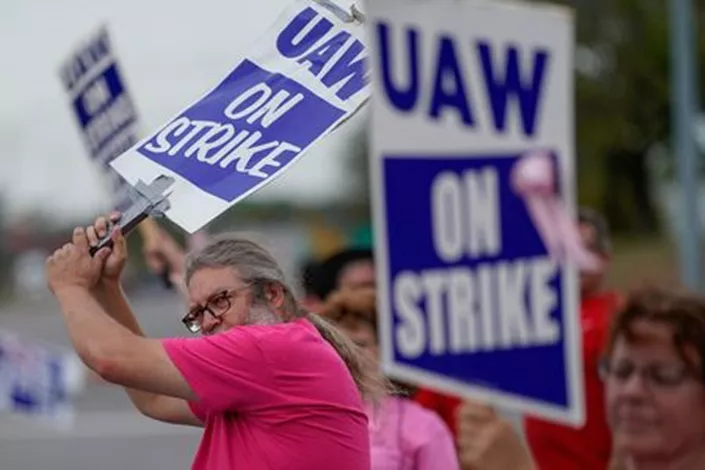As the White House pushes for broad tariffs to bring factory jobs back to the U.S., experts argue that the goal may be misguided in today’s economy.
While recent trade measures impact agriculture and natural resources, the focus on reshoring manufacturing jobs remains central to U.S. policy. However, analysts at CIBC (TSX:CM) caution that tariffs could backfire, increasing costs for domestic producers and potentially leading to retaliatory actions that threaten export-related jobs.
Entering 2025 with near full employment, the U.S. economy faces a challenge: any manufacturing job gains would likely come at the expense of other sectors, rather than reducing overall unemployment. “Such a reallocation would not… represent a clear improvement in American living standards,” CIBC analysts stated.
Over the years, manufacturing’s share of GDP and employment has steadily decreased, mainly due to automation and the outsourcing of low-productivity tasks. Many of the jobs lost, like sewing or meatpacking, offered low pay and are unlikely to attract younger job seekers.
Factory wages have also stagnated. For the past decade, average hourly wages in manufacturing have fallen behind private-sector pay, with the gap growing wider since the pandemic. Additionally, while productivity in the sector has improved, it hasn’t led to higher wages due to the declining prices of manufactured goods.
Even industries like autos and metals, which have been subject to tariffs, would need millions of new workers to meet demand without relying on imports. This is a major challenge, given tight labor markets, an aging workforce, and a shortage of vocational training.
CIBC concludes that while targeted trade actions may be justified for strategic reasons, the broader goal of reviving factory jobs is neither practical nor likely to improve living standards. “Tariffs might fail to bring back manufacturing jobs for a host of reasons,” the report said. “But even if they did, the goal itself may not be the win many expect.”
Related topics:


